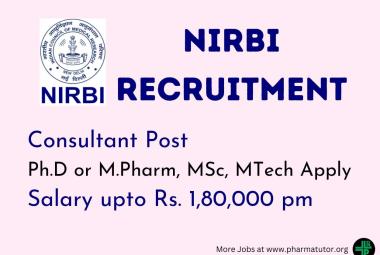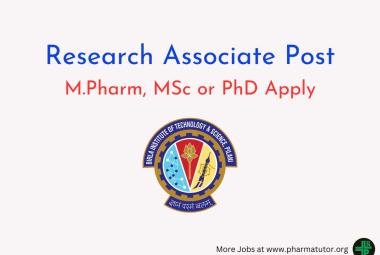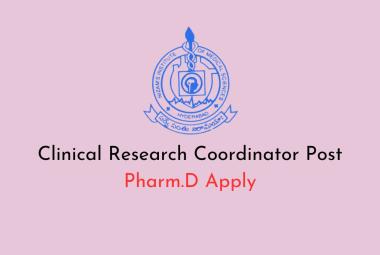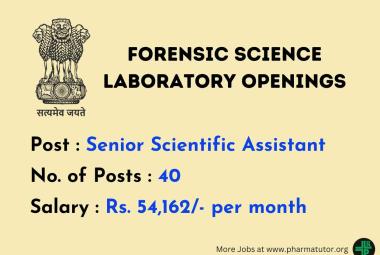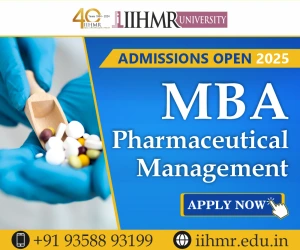About Authors:
S.R.Edwin Singh*
Department of Pharmaceutics, Seshachala College of Pharmacy,
Tirupathi – Chennai High way, Puttur-517 583,
Chittoor (dist), A.P., India.
Abstract:
This article aims to review the recent developments in the buccal adhesive drug delivery systems to provide basic principles to the young scientists, which will be useful to circumvent the difficulties associated with the formulation design. The Rapid developments in the field of molecular biology and gene technology resulted in generation of many macromolecular drugs including peptides, proteins, polysaccharides and nucleic acids in great number possessing superior pharmacological efficacy with site specificity and devoid of unwanted and toxic effects. The oral cavity is highly acceptable by patients. The mucosa is relatively permeable with a rich blood supply, it is robust and shows short recovery times after stress or damage. The virtual lack of Langerhans cells makes the oral mucosa tolerant to potential allergens. Buccal drug delivery leads direct access to the systemic circulation through the internal jugular vein bypasses drugs from the hepatic first pass metabolism leading to high bioavailability. Buccal route is an attractive route of administration for systemic drug delivery. Buccal bioadhesive films, releasing topical drugs in the oral cavity at a slow and predetermined rate, provide distinct advantages over traditional dosage forms for treatment of many diseases.


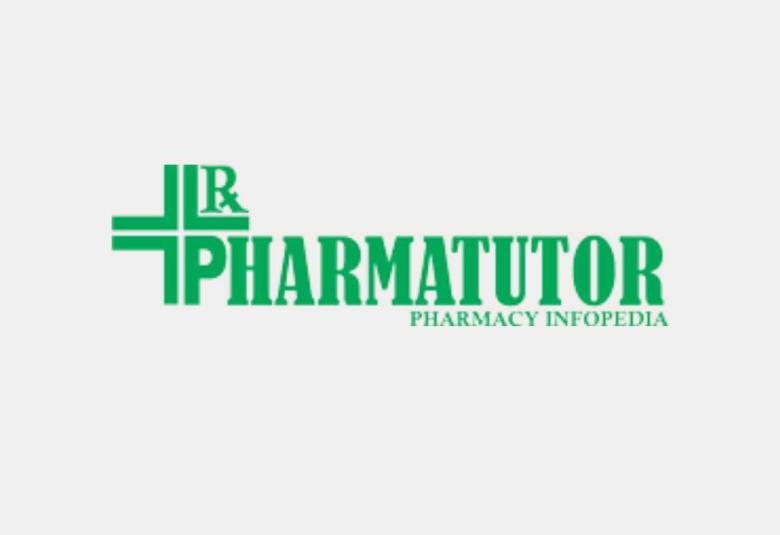
 Dr. Reddy's Laboratories (NYSE: RDY) is an emerging global pharmaceutical company with proven research capabilities. The company is vertically integrated with a presence across the pharmaceutical value chain. It produces finished dosage forms, active pharmaceutical ingredients and biotechnology products and markets them globally, with focus on India, US, Europe and Russia.
Dr. Reddy's Laboratories (NYSE: RDY) is an emerging global pharmaceutical company with proven research capabilities. The company is vertically integrated with a presence across the pharmaceutical value chain. It produces finished dosage forms, active pharmaceutical ingredients and biotechnology products and markets them globally, with focus on India, US, Europe and Russia. A global healthcare leader, Novartis has one of the most exciting product pipelines in the industry today. A pipeline of innovative medicines brought to life by diverse, talented and performance driven people. All of which makes them one of the most rewarding employers in their field.
A global healthcare leader, Novartis has one of the most exciting product pipelines in the industry today. A pipeline of innovative medicines brought to life by diverse, talented and performance driven people. All of which makes them one of the most rewarding employers in their field.